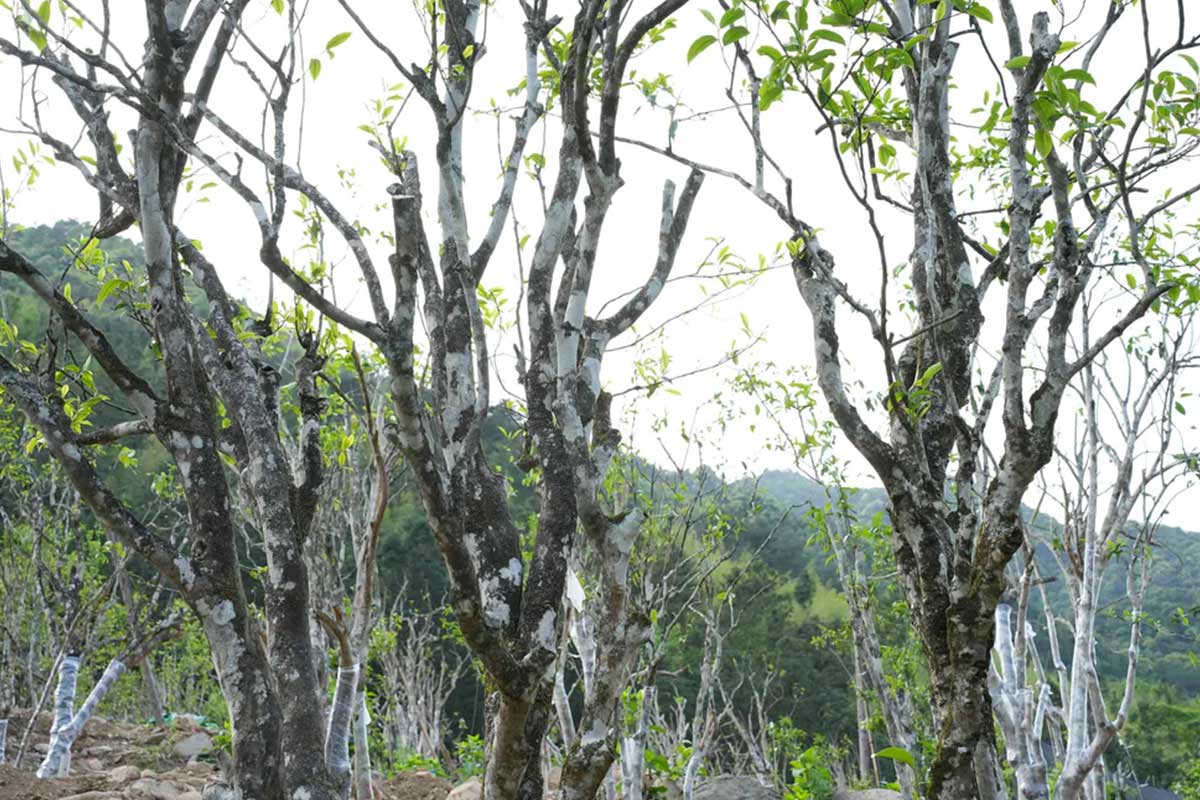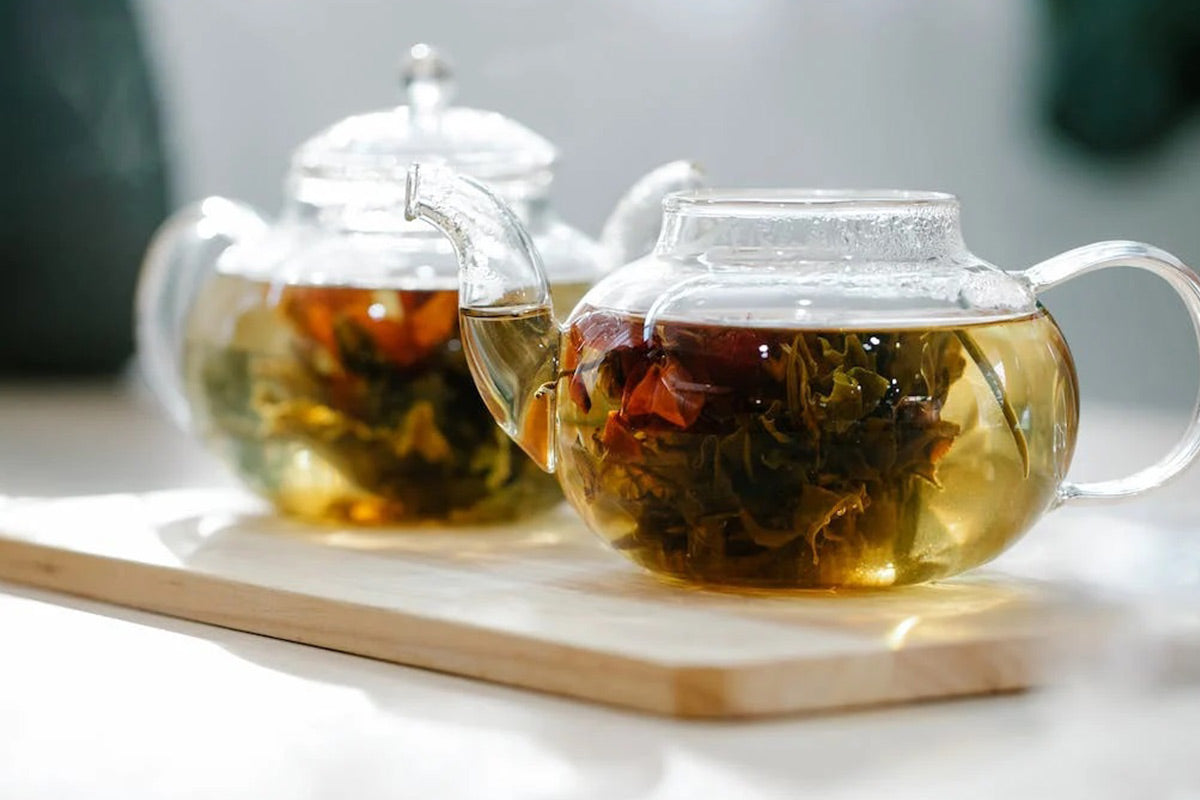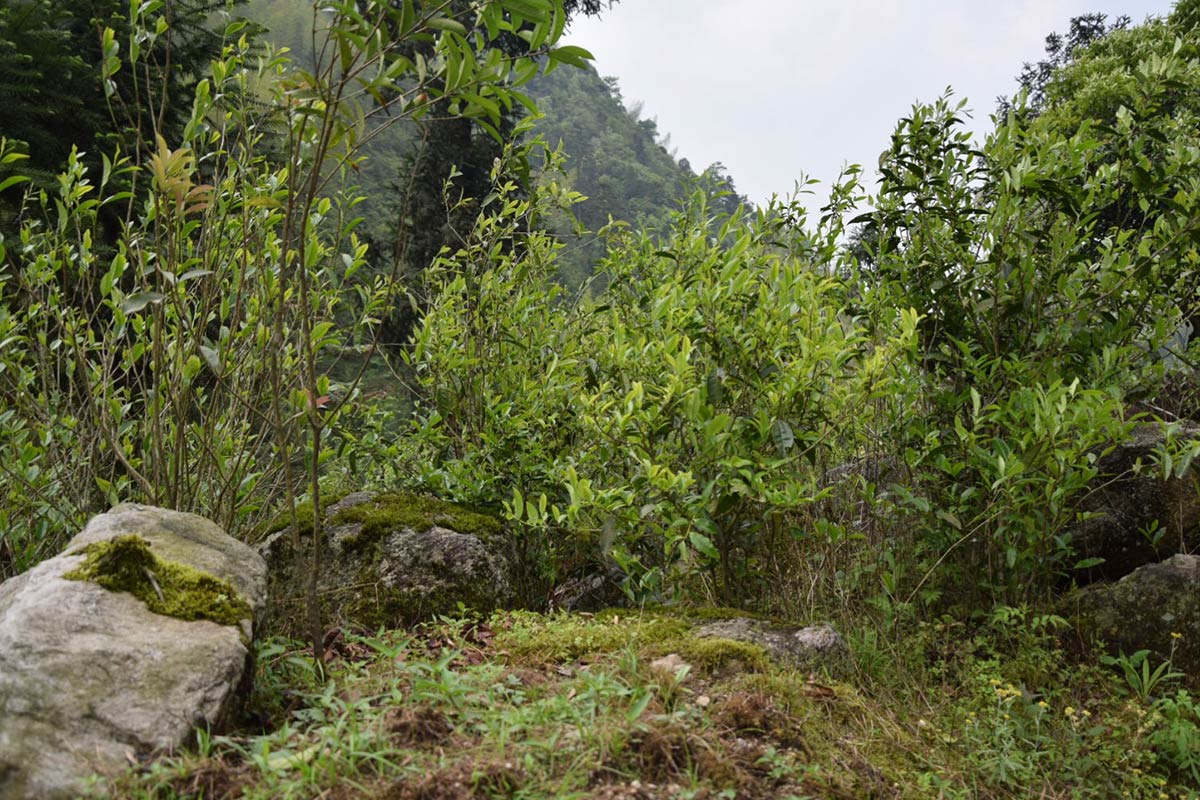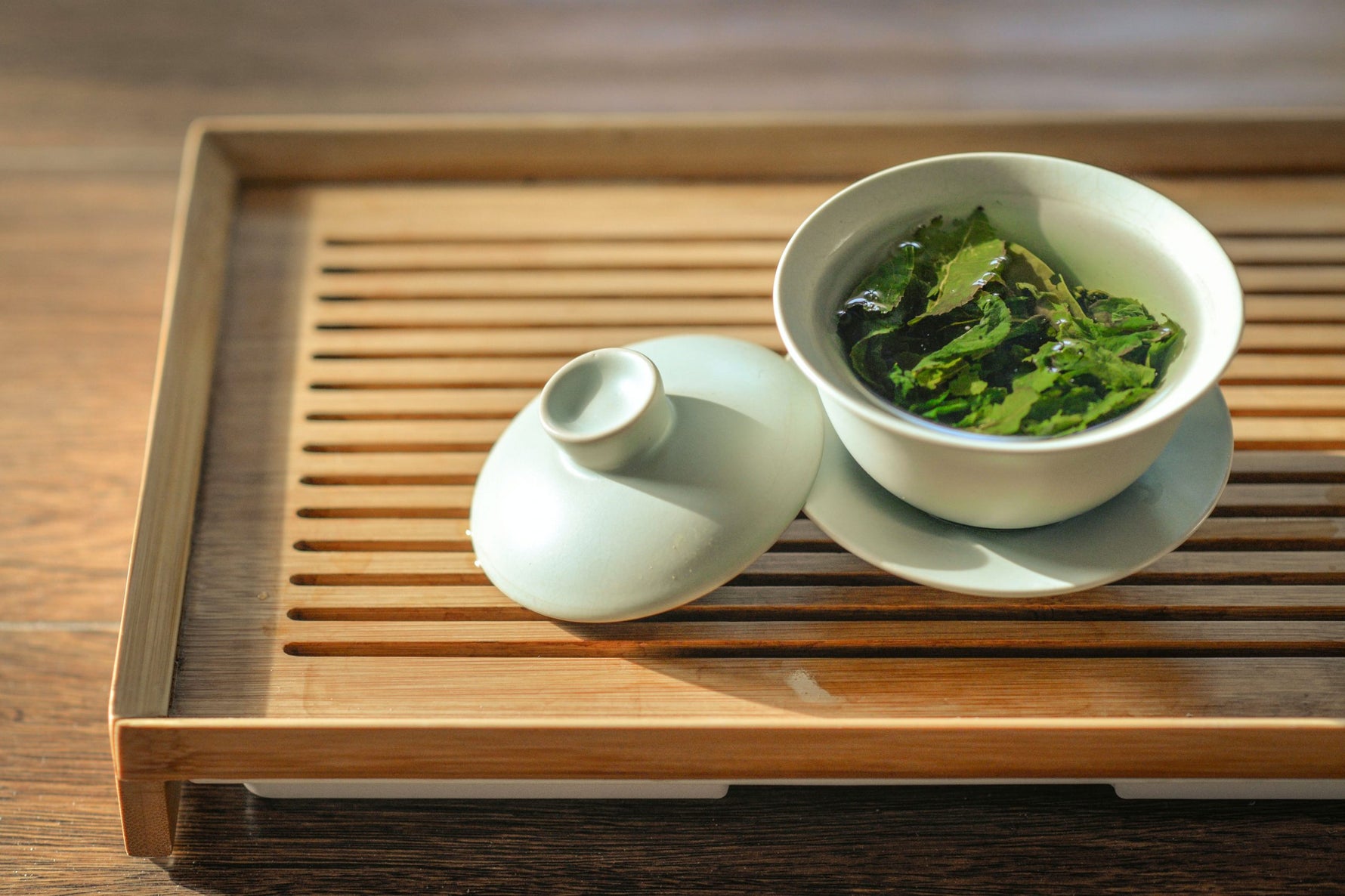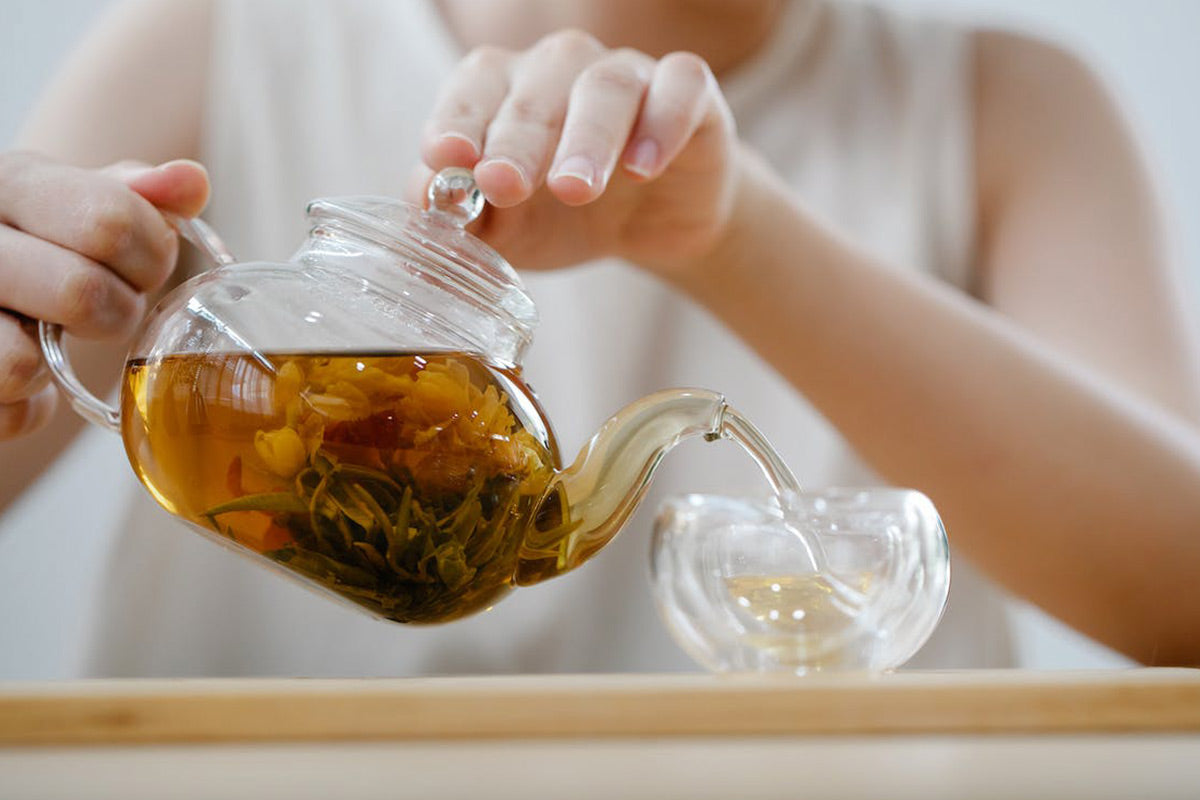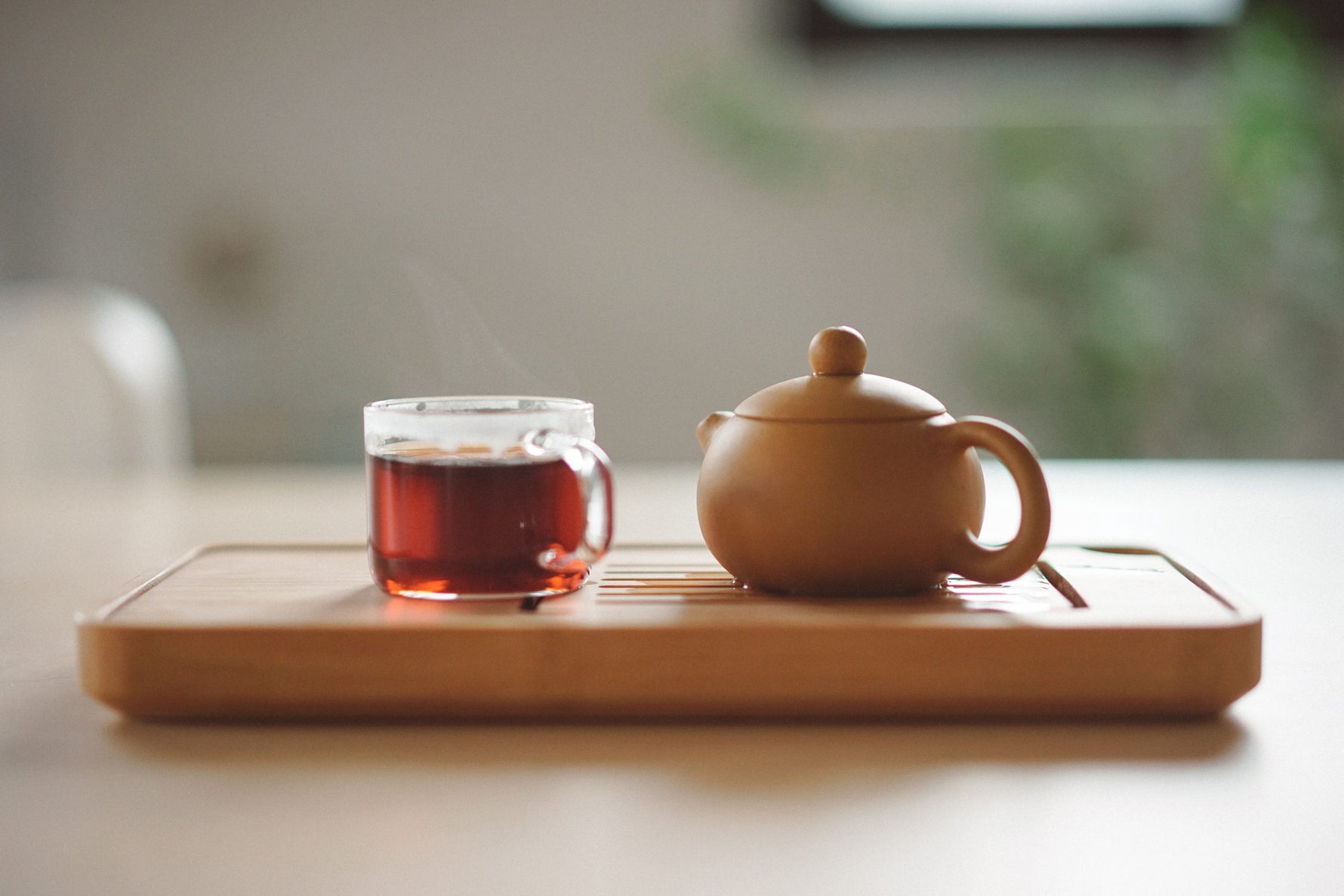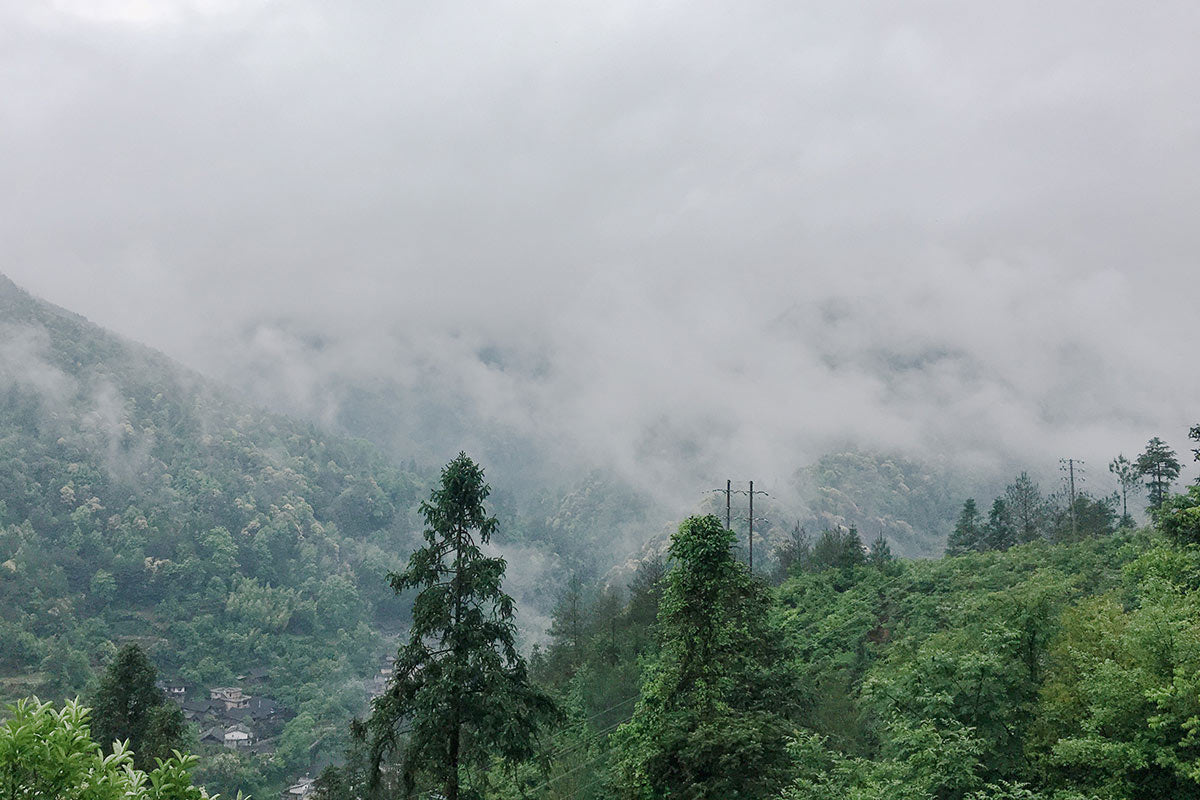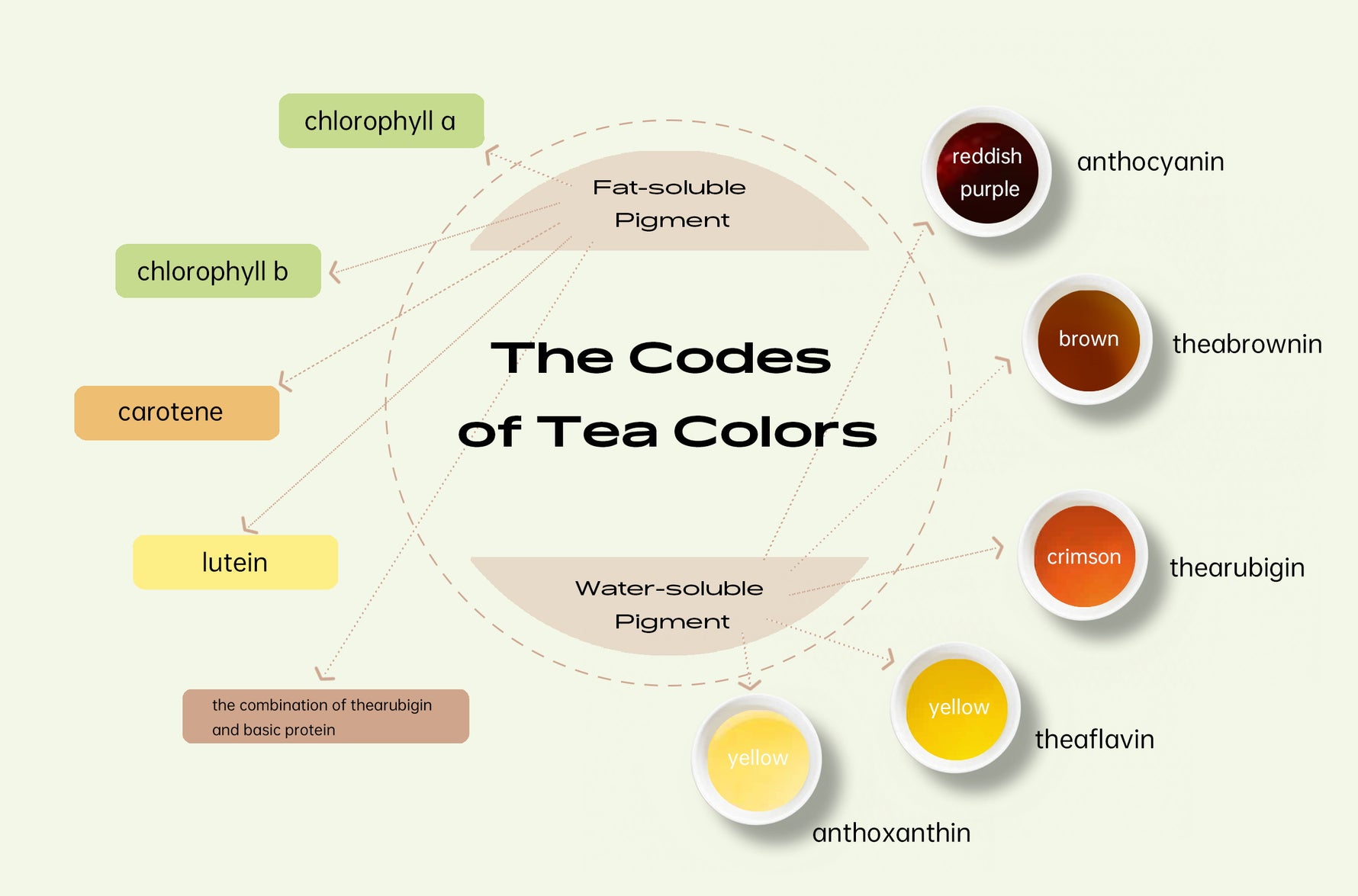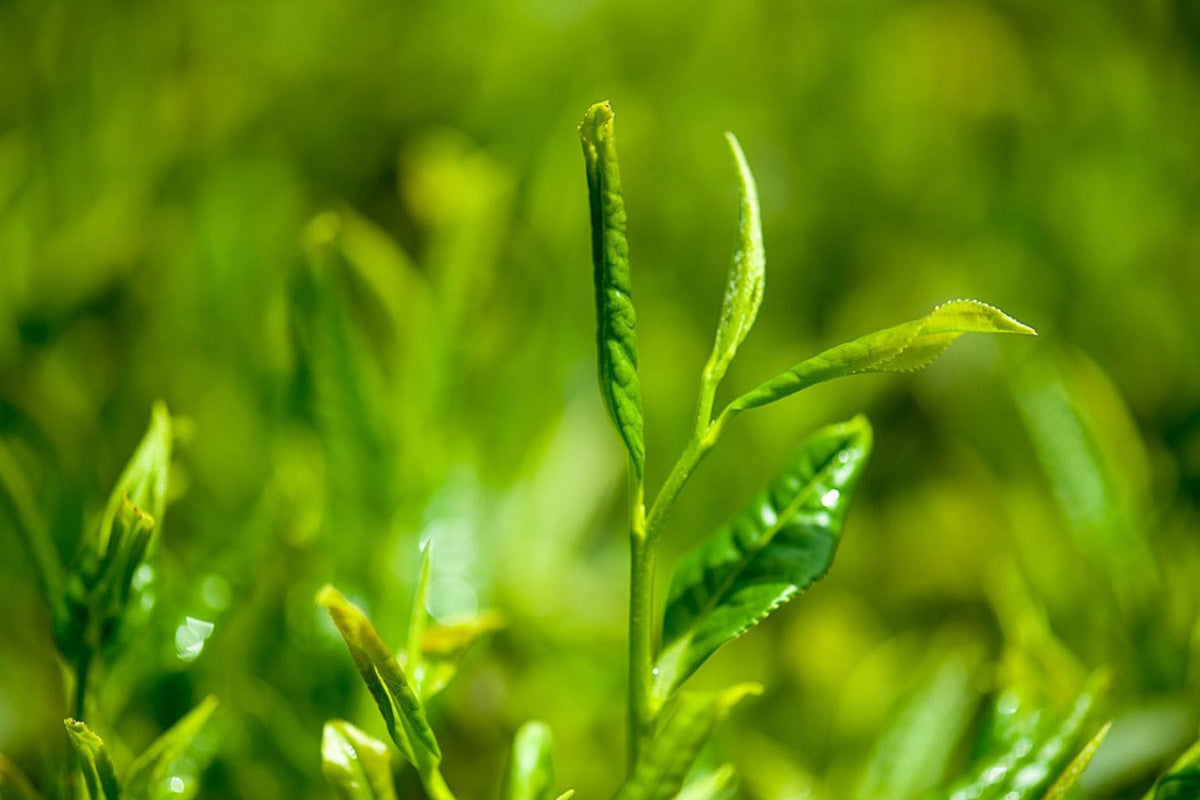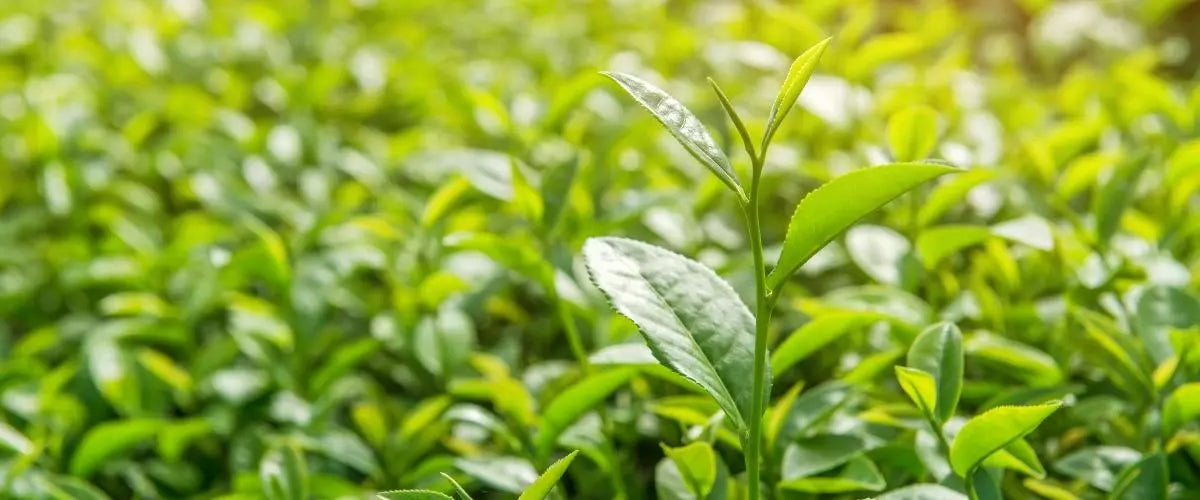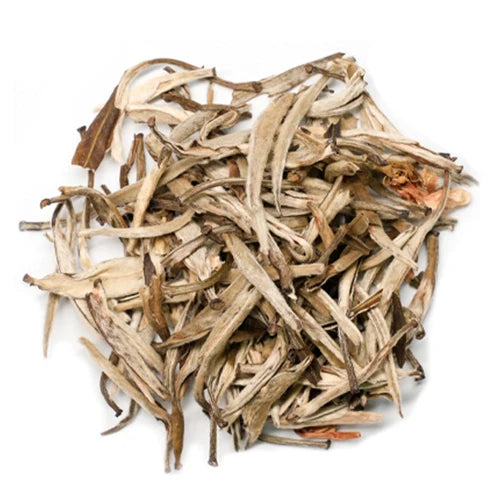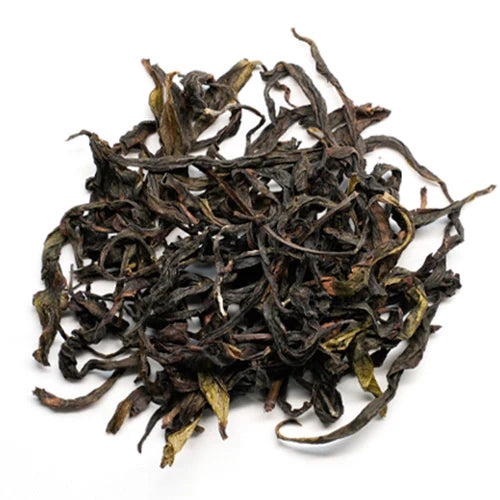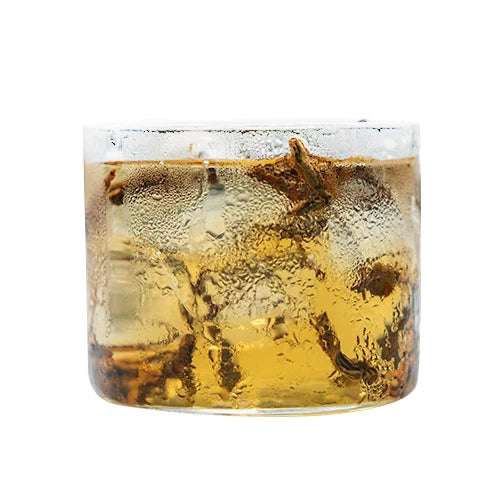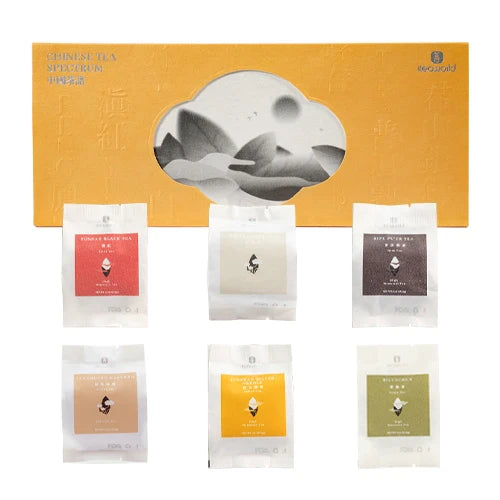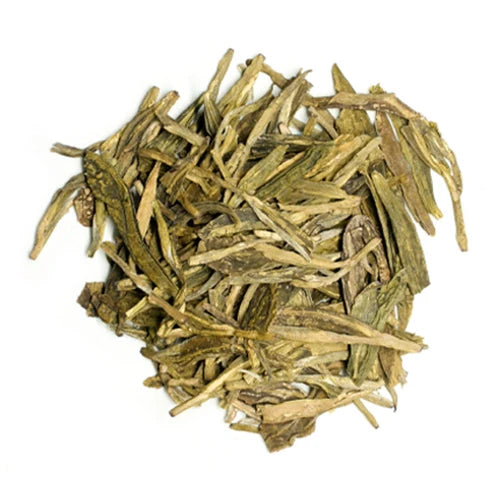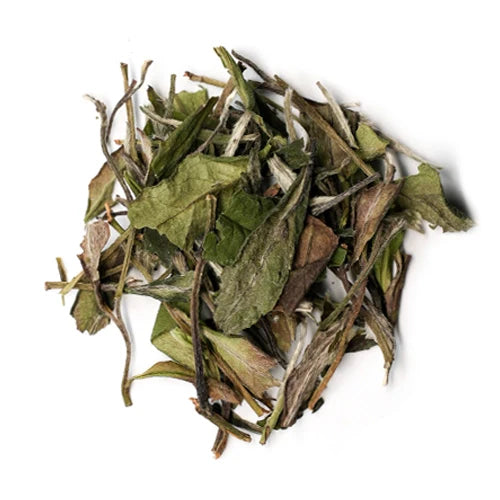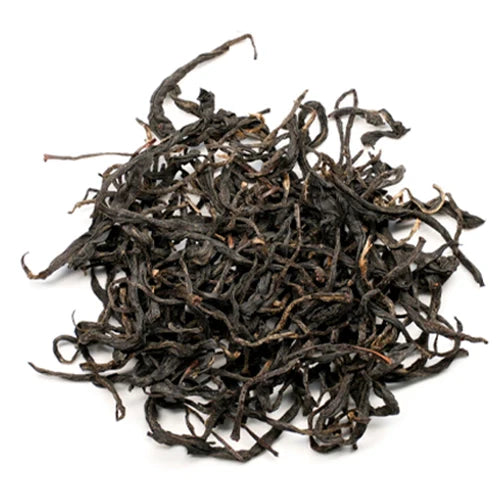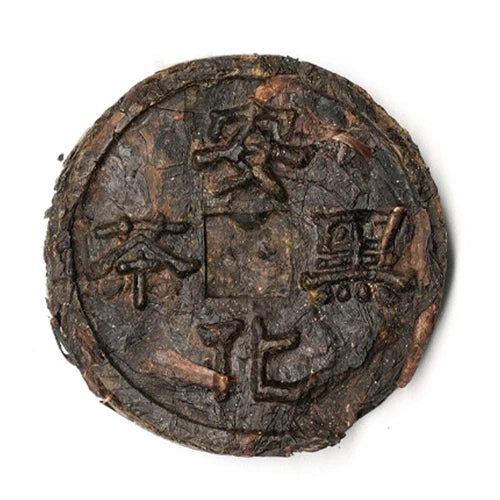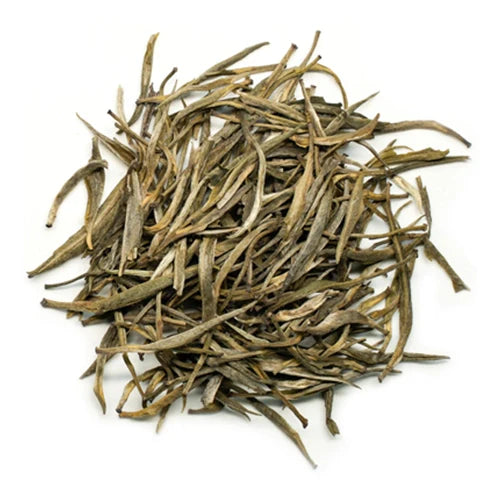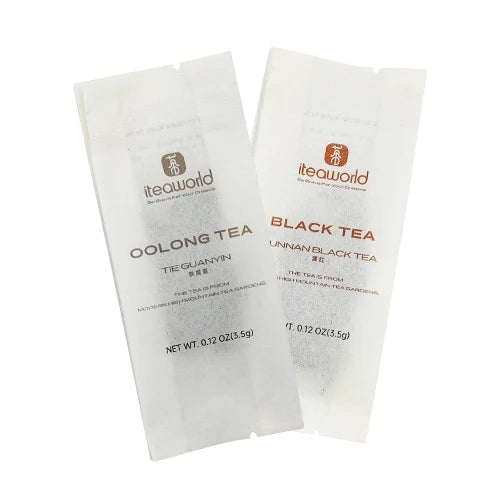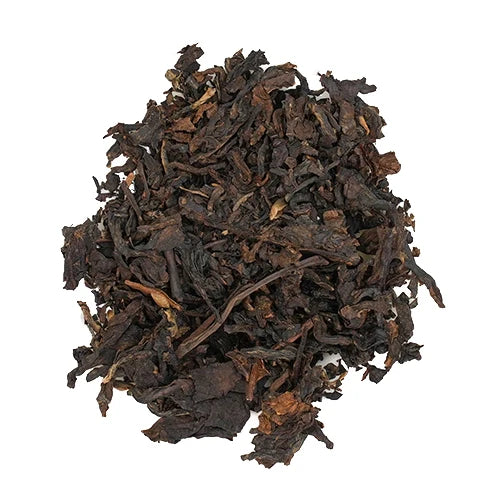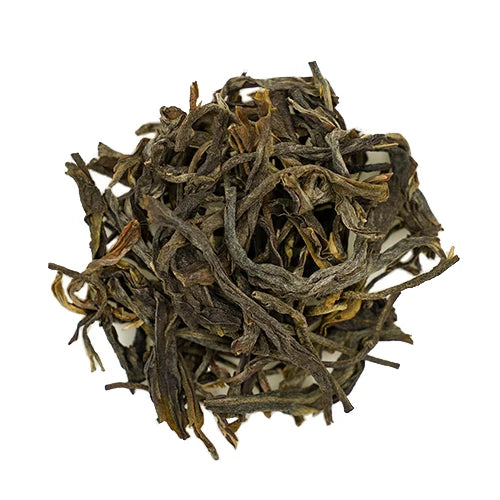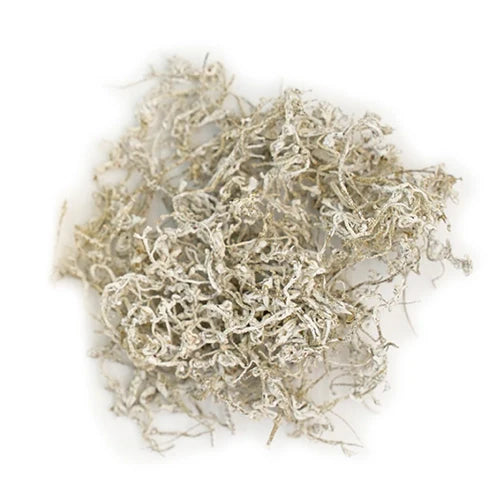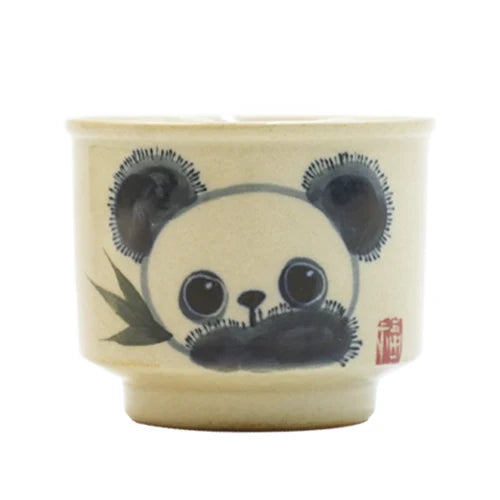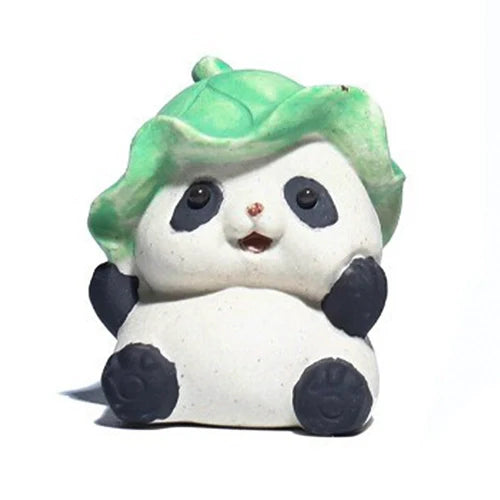1 The Aromatic Substances in Tea Can Help People Relax
2.1 Tea Can Help to Diminish Inflammation
2.2 Green Tea Has a Good Effect of Removing Dark Circles Under Your Eyes
2.3 It Is Easy to Think That the Newly-Made Tea Is of Better Quality
People like tea for various reasons. Many people choose tea as their daily drink because they have experienced the magical benefits of tea. Tea is like a kind of safe elixir in our life. It can help us to cure and relieve minor problems of our body. Meanwhile, we don’t have to suffer from the side effects of drugs.
In this article, we'll explore some of the best loose leaf teas, including loose leaf oolong tea and loose leaf black teas, as well as classic tea collection packs to reveal their health benefits.
1. The Aromatic Substances in Tea Can Help People Relax
Aromatic substances have effects on mood and emotion. It is beneficial to reduce anxiety and release pressure. Aromatic substances are usually used in emotive therapy and emotion enhancement. Flower tea (jasmine tea, rose tea, osmanthus tea, etc.) contains high levels of aromatic substances and the effects of flower tea are the best.
The reason why aromatic substances can help people relax is that aromatic substances have very small molecules. The small scale of these substances makes them easy to be transported to the “emotional brain” by olfactory cells. The “emotional brain”, also called the cerebral limbic system, is the place that has the most profound effects on people’s emotions and memories. The psychological and emotional states of a person are decided and controlled by the cerebral limbic system.
2. Besides Calming the Heart and Comforting the Soul, There Are Some Other Magic Things About Tea
2.1 Tea Can Help to Diminish Inflammation
The tea, with a feature of one leaf on one leaf bud, which is picked before March or April, has an immediate effect on esophagitis. The tea polyphenol can effectively control and kill germs, so it has an obvious anti-inflammatory effect. The tea made by tender one-leaf bud contains the highest level of tea polyphenol.
2.2 Green Tea Has a Good Effect of Removing Dark Circles Under Your Eyes
If you apply brewed green tea bags around your eyes at night, the effect would be better.
2.3 It Is Easy to Think That the Newly-Made Tea Is of Better Quality
In contrast, some tea, such as Pu’er tea, Liubao tea, white tea, Hunan dark tea, and Sichuan Tibetan tea, is better when their age is older. Tea stored for many years is rare and quite valuable.
3. Health Benefits of Loose Leaf Oolong Tea
Loose leaf oolong tea is a tea with a unique taste and a variety of benefits, here are the benefits of loose leaf oolong tea1. Weight control:Oolong tea is rich in tea polyphenols, which help increase metabolism, which allows you to accelerate fat burning for weight loss.2. Enhance heart health:A large number of studies have argued that oolong tea can lower cholesterol levels, thereby reducing the risk of cardiovascular disease.3. Refreshing:Oolong tea contains caffeine, which can replace coffee to provide you with caffeine, which is healthier than coffee to make you refreshed!Drinking a cup of oolong tea in the morning has the same effect as drinking a cup of coffee.4.Recommended Oolong Tea:We highly recommend Fenghuang Dancong, which is a tea with a very strong peach aroma. It has a smooth taste with a sweet flavor. Very suitable for most people's tasteWe also recommend Dahongpao Oolong Tea. This is a well-known Chinese oolong tea with a unique flavor and is a famous rock tea. It is an oolong tea that is well worth trying
Health benefits of loose leaf black tea
The health benefits of loose leaf black tea, which has a rich flavor and is also rich in a variety of benefits, include:1. Elevates mood:Black tea is rich in theanine, an amino acid unique to tea, which helps to soothe the body and mind, reduce stress and make you feel better.2. Maintaining bone health:Black tea is rich in minerals such as manganese and potassium, which are good for maintaining bone health.3. Promotes digestion:Black tea is mild and can be consumed by people with weak spleen and stomach. If there is a loss of appetite, you can also drink black tea in moderation, can make people appetite, promote digestion and absorption, but also able to relieve grease.
4.Recommended black tea:
Yingde black tea is highly recommended. Yingde black tea is China's national gift tea, once used to entertain the British Prime Minister. It has a strong taste and sweet flavor, which is very suitable for people who are new to drinking tea.Guangxi old tree black tea is also recommended. This is a very special black tea from iTeaworld, the tea leaves come from hundred years old trees, full of the feeling of nature.
The amazing benefits of tea are not only limited to these, but there are many other benefits, such as improving concentration, improving skin health, protecting teeth, and so on.Therefore, tea is the perfect choice for your daily drink. There is a wide variety of choices and all of them can bring you health benefits!Try various types of loose leaf teas and experience the amazing benefits of tea. Make tea a part of your daily life.
